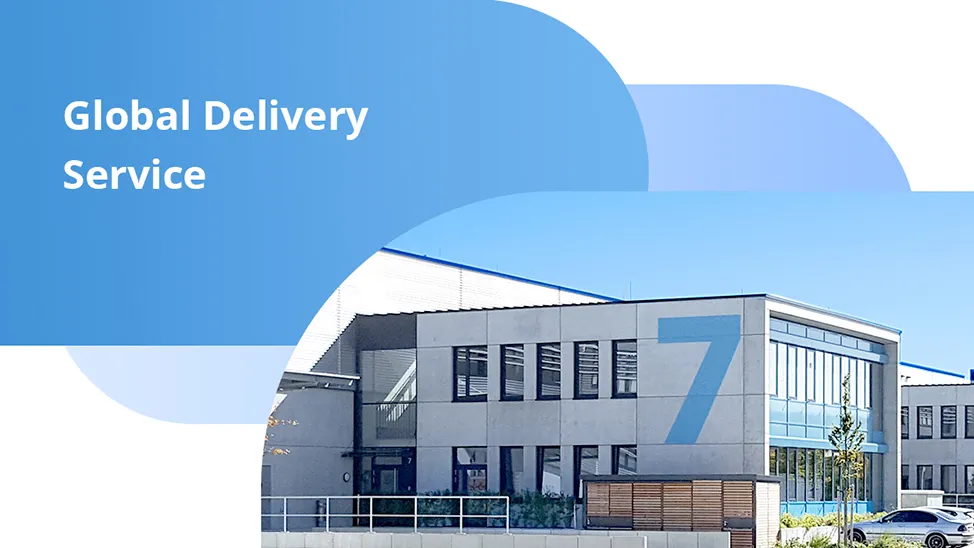Bandwidth vs. Latency: How Much Do You Know?
In today’s digital age, our lives revolve around quick and reliable internet connections. Whether it’s for work, streaming videos, or gaming, a speedy network is a necessity. Let’s dive into an important aspect of network performance: bandwidth. We will also explore how bandwidth and latency come into play and share tips to help you get the most out of your internet connection.
What is Bandwidth?
Bandwidth refers to the maximum amount of data that can be transmitted over a network in a given amount of time. Imagine a highway; bandwidth is like the number of lanes on that highway. The more lanes (or bandwidth), the more cars (data) can travel at the same time. Bandwidth is measured in bits per second (bps), with higher figures representing more data capacity.

What is Latency?
While bandwidth deals with the quantity of data, latency is about speed. Latency is the time it takes for data to travel from one point to another in the network. Think of latency like the delay you experience when calling someone overseas; the longer the delay, the higher the latency. It’s measured in milliseconds (ms) and lower values indicate faster speed.

How Bandwidth and Latency Affect You
Both bandwidth and latency play crucial roles in your network performance. Here’s how they can impact your online experience:
High Bandwidth, Low Latency: This is the ideal combination. It means more data can travel quickly with minimal delay. Streaming high-definition videos or online gaming will be smooth and uninterrupted.
High Bandwidth, High Latency: Even if you have a lot of data capacity, high latency can slow things down. You may experience lag during video calls or delays in online gaming.
Low Bandwidth, Low Latency: In this scenario, data travels quickly but there isn’t much data to go around. This means you might not be able to stream high-quality videos or load large files quickly.
Low Bandwidth, High Latency: This is the worst combination for network performance. Limited data capacity with high delay times can lead to a frustrating experience with slow loading times and frequent buffering.
Tips for Increasing Your Connection Speed
-
Choose Switches with High Bandwidth Capacity: A switch with a high bandwidth capacity ensures that large amounts of data can be transmitted effectively. Look for switches that offer gigabit or multi-gigabit ports to handle high data loads.
-
Consider Low Latency Specifications: While high bandwidth is crucial, low latency is equally important for real-time applications like online gaming or video conferencing. Opt for switches designed to minimize latency, ensuring quicker data transmission and reduced lag.
-
Select Managed Switches: Managed switches offer greater control over network traffic compared to unmanaged switches. They allow for advanced configurations such as VLANs, Quality of Service (QoS), and traffic prioritization, which can help optimize bandwidth usage and enhance performance.
-
Evaluate Port Density and Speed: Depending on your network’s size and demands, you may need a switch with a higher number of ports. Ensure that these ports support high-speed connections to accommodate multiple devices without compromising on performance.
-
Look for Network Redundancy Features: Switches with redundant interconnection architectures can maintain seamless network operation even in case of a link or device failure, providing enhanced stability and reliability.
Enhance Network Performance and Security with FS PicOS® Switch
One standout product that can help you achieve these improvements is the FS PicOS® Switch. Here’s why we recommend it:
Broadcom Chip: FS PicOS® switches, equipped with Broadcom chips, deliver superior data transmission capabilities, low latency, and energy-efficient operations.
Standardize Operating System: The switches run the PicOS® operating system, which enables faster feature development, improved high availability, and consistent feature deployment across the network.
Unified Management Platform: AmpCon™ provides template-based configuration, enabling Zero Touch Provisioning (ZTP), batch license management, and upgrades.
Network Redundancy: The redundant interconnection architecture ensures seamless network operation even if there are link or device issues, thereby enhancing stability and reliability.
Advanced Network Security: Each product supports multiple security protocols. The PicOS® Switches support SSH, ACL, and 802.1X.
Conclusion
Understanding bandwidth and latency is essential for optimizing your network performance. Bandwidth determines how much data can flow through your network, while latency affects the speed at which that data travels. By recognizing their roles and how they interact, you can make informed decisions to enhance your internet experience. Invest in quality products and consider the tips mentioned to enjoy faster and smoother online activities.
You might be interested in
Email Address

-
PoE vs PoE+ vs PoE++ Switch: How to Choose?
May 30, 2024















